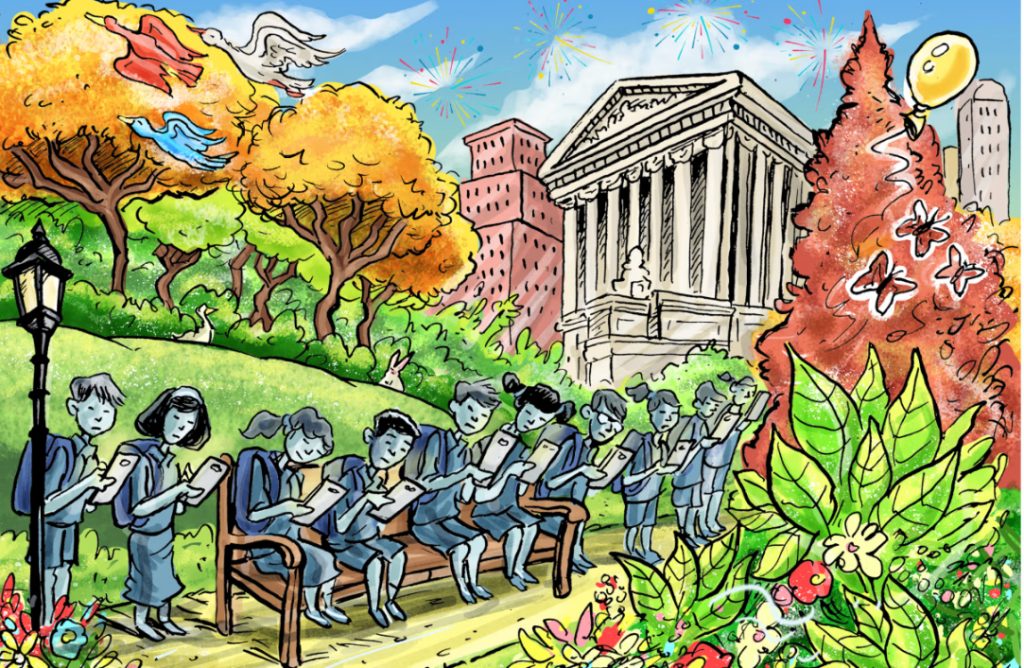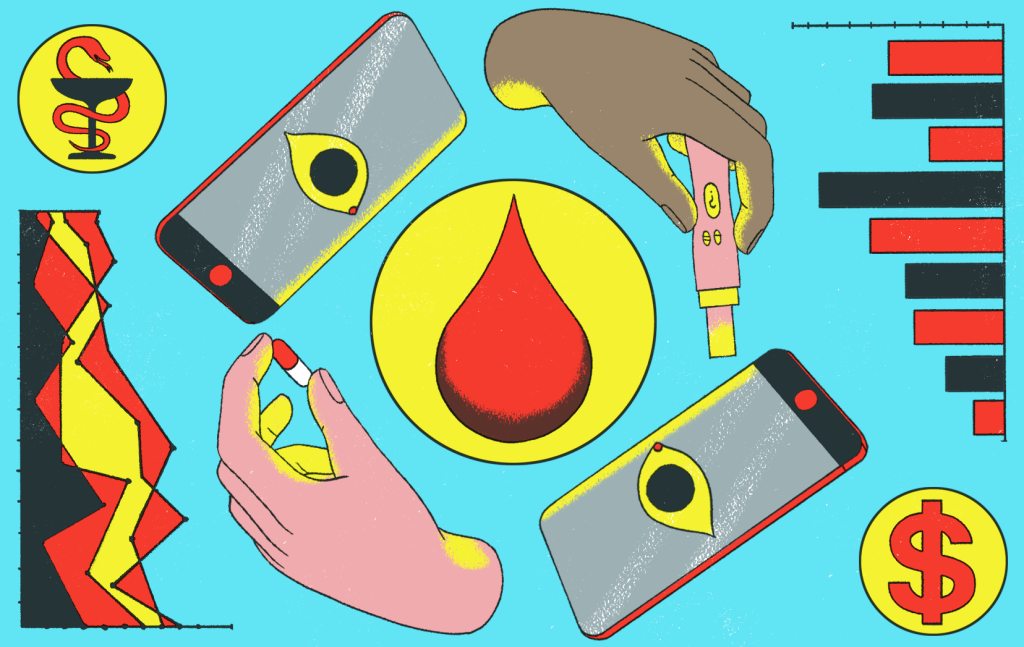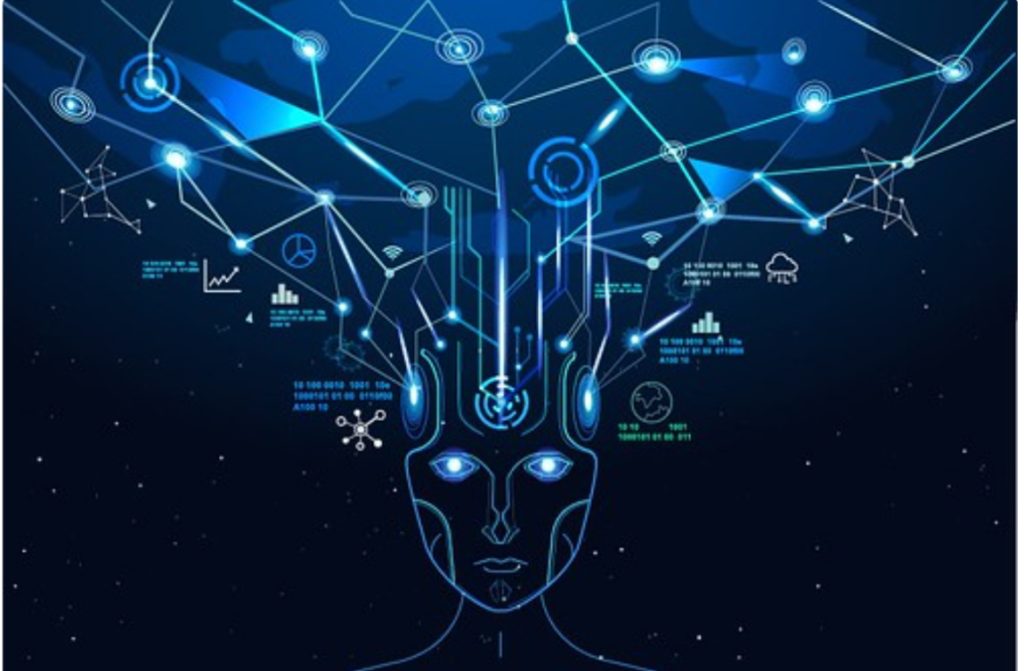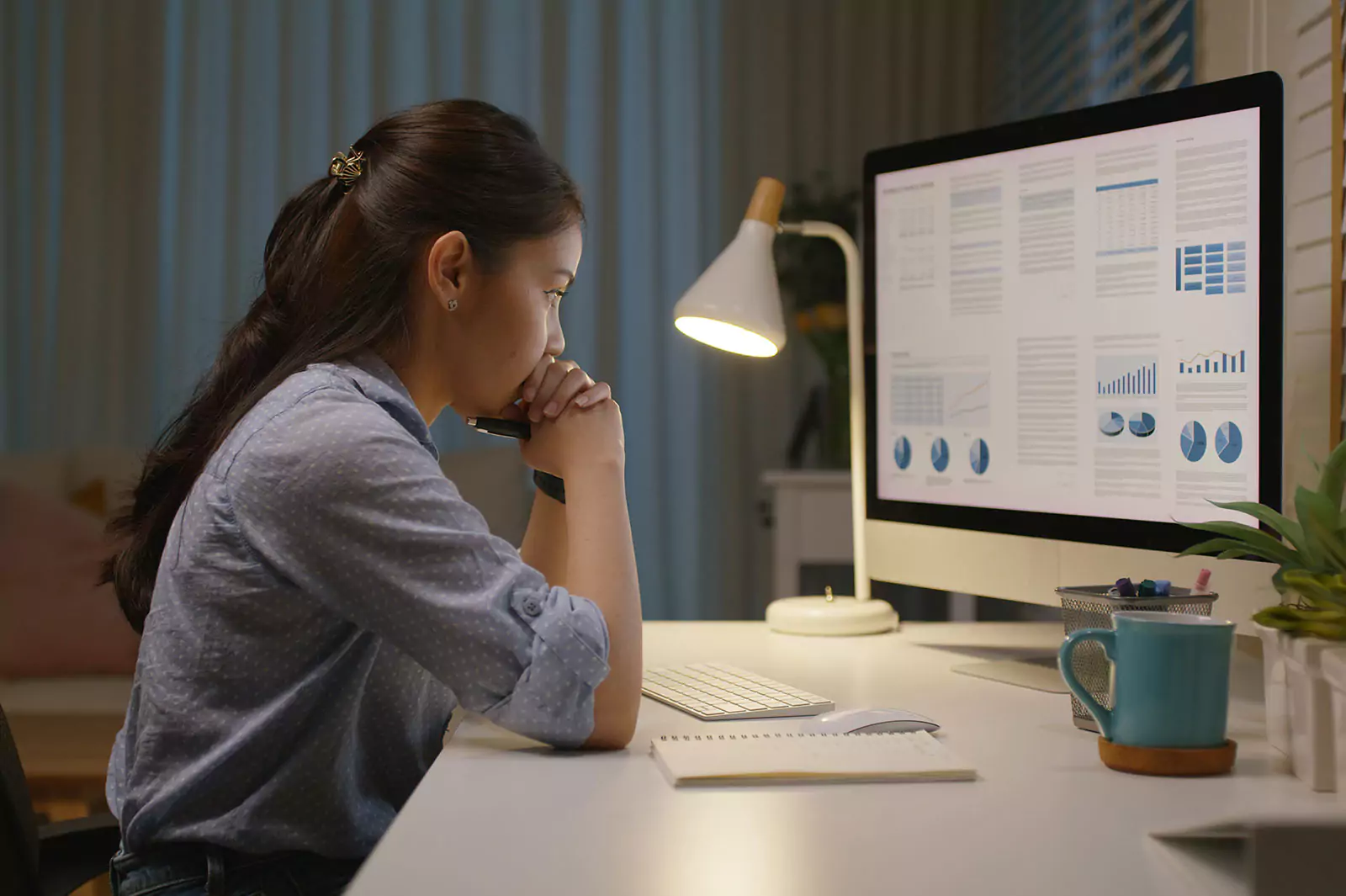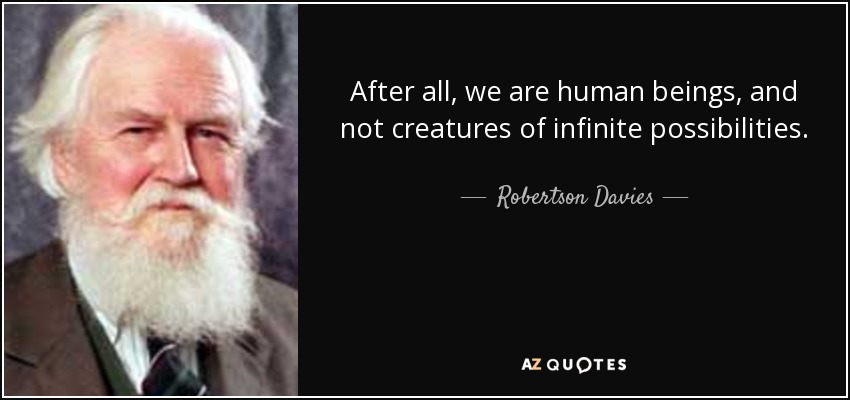
The collapse of the boundaries between human and nonhuman (digital) identities is one of the major ways that we can see the world take a cyberpunk standpoint. The cyberpunk genre exposes the audience to an adventurous aesthetic vision of the future. The boundary between the distinction of human and non-human (AI). Over the years, we have been exposed to a new form of advanced technology that can potentially take over the world in some circumstances. Technology has the ability to keep growing with the help of society and humans itself. The rise of technology has empowered people to explore the different aspects of what technology can bring to the environment. Technology influences are pleasant to have for certain terms but for the distinction of a human versus a “replicant,” society is failing in its use of advanced technology. Furthermore, the constant technological advancements have allowed for this change to accelerate over time. The advantages that AI has to offer will constantly lead people in because AI can do things for people that’ll take away the extra duty or stress.
Something that has affected everyone and pushed them towards a more digital face is, COVID-19. The virus put the world on lockdown, and people were technically forced to stay inside and be stuck on their digital devices to find entertainment. In addition, the lockdown forced social distancing, so people weren’t as interactive with the real society; this led to an increase in the digital/non-human world.
This leaves wondering questions. “Will we need to prove that we are human in the future?” “What does this actually mean for the future? Will robots eventually take over?” These questions are not only questions. They are scientific uncertainties based on what we are faced with in today’s world, and having the thought behind our heads that cyberpunk expresses this unpublished society.
The photo that contains the quote, ” After all, we are human beings and not creatures of infinite possibilities.” This quote stands out in the fact it differentiiates the human from a non human aspects, like artificial intelligence and AI. It undermines the fact that although there are technology advancements, humans remain limited; humans will always be distinct from a non-human entity.
We look forward to the future every day and the future is always ahead of us, but it is something that we are creating everyday, with one technology advantage at a time.
